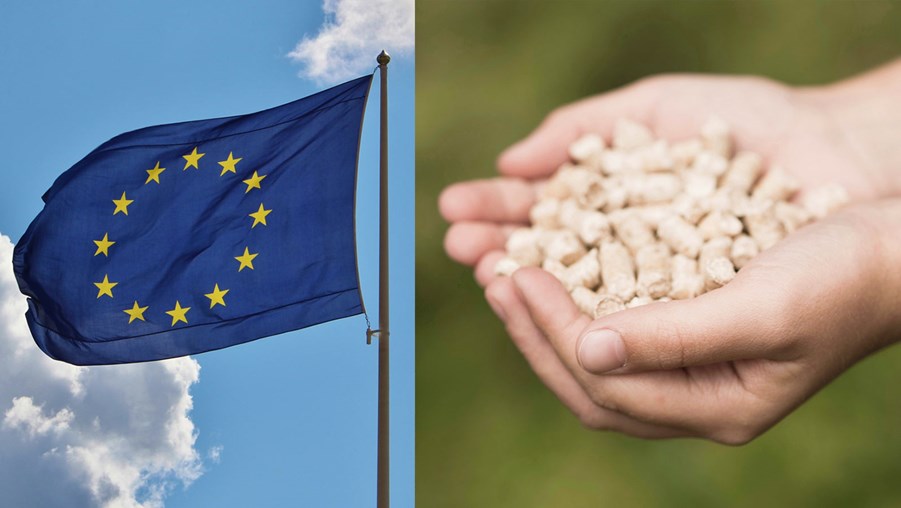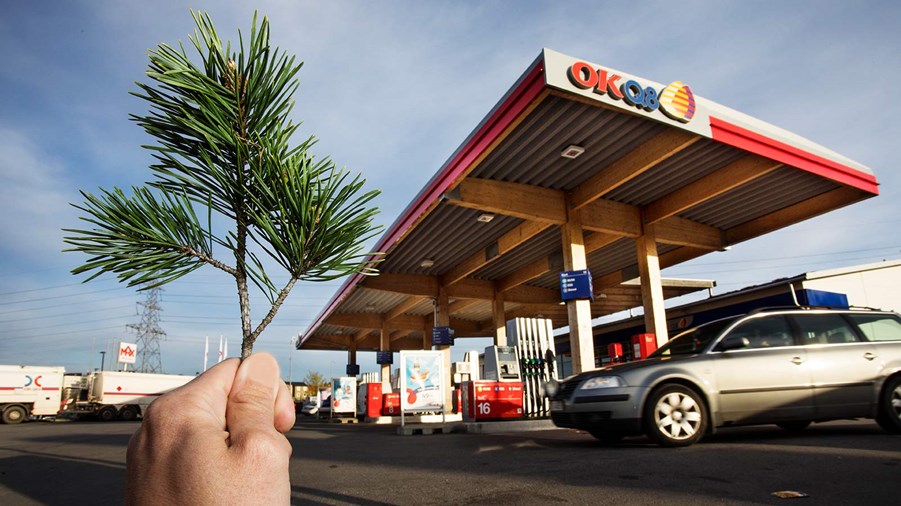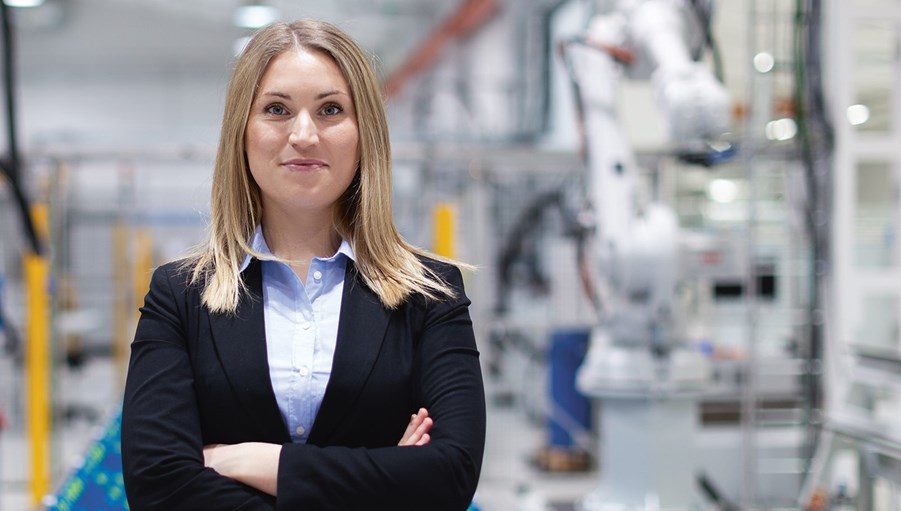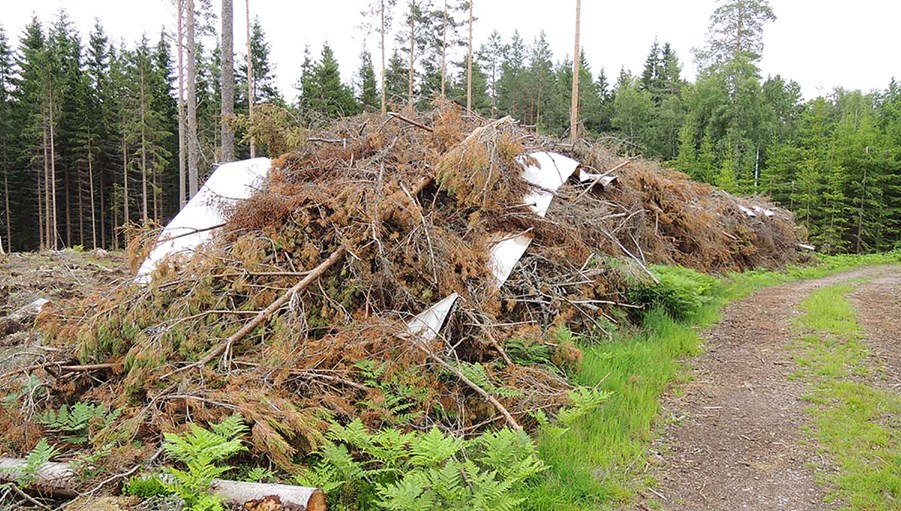
Stakeholders agree that getting existing sustainability criteria for forest biomass operational at national and local level is key, with improvements to them to follow.
Appropriate and effective sustainability criteria are vital to enable a greater role for sustainable forest bioenergy in the EU’s efforts to reduce greenhouse gas emissions by at least 55% by 2030 and reach climate neutrality by 2050.
At the latest Wood Be Better event on 13 April, Giovanni De Santi, Director for Sustainable Resources at the European Commission’s Joint Research Center (JRC), noted that the European Green Deal “pushes to reconcile as much as possible climate mitigation and environmental protection”.
Higher ambition on both is putting a spotlight on forest management, as the main source of sustainable biomass and European renewable energy.
Reconciling biodiversity and climate action
A JRC report assessing sustainable biomass supply and demand, released in January 2021, identifies some win-win solutions such as “afforestation of former agricultural lands with mixed species plantation”, De Santi said. But there are also options that are less good for biodiversity and some that benefit neither nature protection nor climate change.
The EU’s top priority now is to implement sustainability criteria for woody biomass that were agreed under the EU’s second Renewable Energy Directive (REDII) in 2018. This “significantly strengthened” the EU’s sustainability framework, said Giulio Volpi, Policy Officer at the Commissions Directorate-General for Energy.
But the 2018 criteria have yet to implemented at national and local level. The deadline for doing so is June 2021. The Commission is finalizing an Implementing Act with further guidance on this to Member States.
Prioritizing predictability
Forest owners embrace sustainability. They understand the value of their forests. "All of it is about using the entire tree,” said Josefine Nilsson, Business Development Manager for biorefining at SCA, Europe’s biggest private forest owner and operator of large forest-based industrial activities. “Most of the value ends up in solid wood products."
SCA plans to build a 300,000-tonne a year advanced biofuel production facility at its largest pulp mill. That is about the volume of fuel used for domestic aviation in Sweden every year. Nilsson’s fear, however, is that an REDIII proposal due to this summer could change what counts as sustainable, notably which feedstocks are incentivized via REDII’s Annex IX.
“A project this big takes time to develop,” she said. "If we start changing the basic rules, we might delay these large investments."
Patrick ten Brink, deputy Secretary General and Director of EU policy at the European Environmental Bureau (EEB), a network of around 160 civil society organizations, suggested there are different kinds of predictability, including those associated with ecosystem services and climate change. He is in favour of at least some changes to the sustainability criteria in the near-term.
Room for improvement
Going forward, there is room for improvement. One of the biggest challenges is getting good data. The JRC could not identify the source of 14% of the woody biomass used in Europe today.
“We need to increase transparency to assess sustainability,” said Pär Holmgren, the Swedish Green MEP who hosted the event. "Without knowing how much and what type [of biomass] is used for bioenergy, no effective policy can be implemented and there is always disagreement about the impacts.”
The Commission suggests that one way of getting more data would be extend the current sustainability criteria to smaller energy plants. Under REDII they only apply to plants of at least 20MW. For ten Brink this is a priority.
Other recommendations from the JRC report are to ensure EU and national level incentives only promote win-win pathways, to extend the concept of 'no-go' areas from agriculture to forests, to limit afforestation to areas where it does not substantially harm biodiversity, and to develop better tools to address the risk of unsustainable imports.
The Commission is currently assessing a number of options for a “targeted strengthening” of the sustainability criteria, Volpi summed up. “The aim is to find the right balance between sustainable production of biomass for the whole economy - materials and energy - as well as preserving and restoring biodiversity and enhancing carbon sinks.”
Ten Brink said: “There is an opportunity if we do it right and a threat if we do it wrong."



